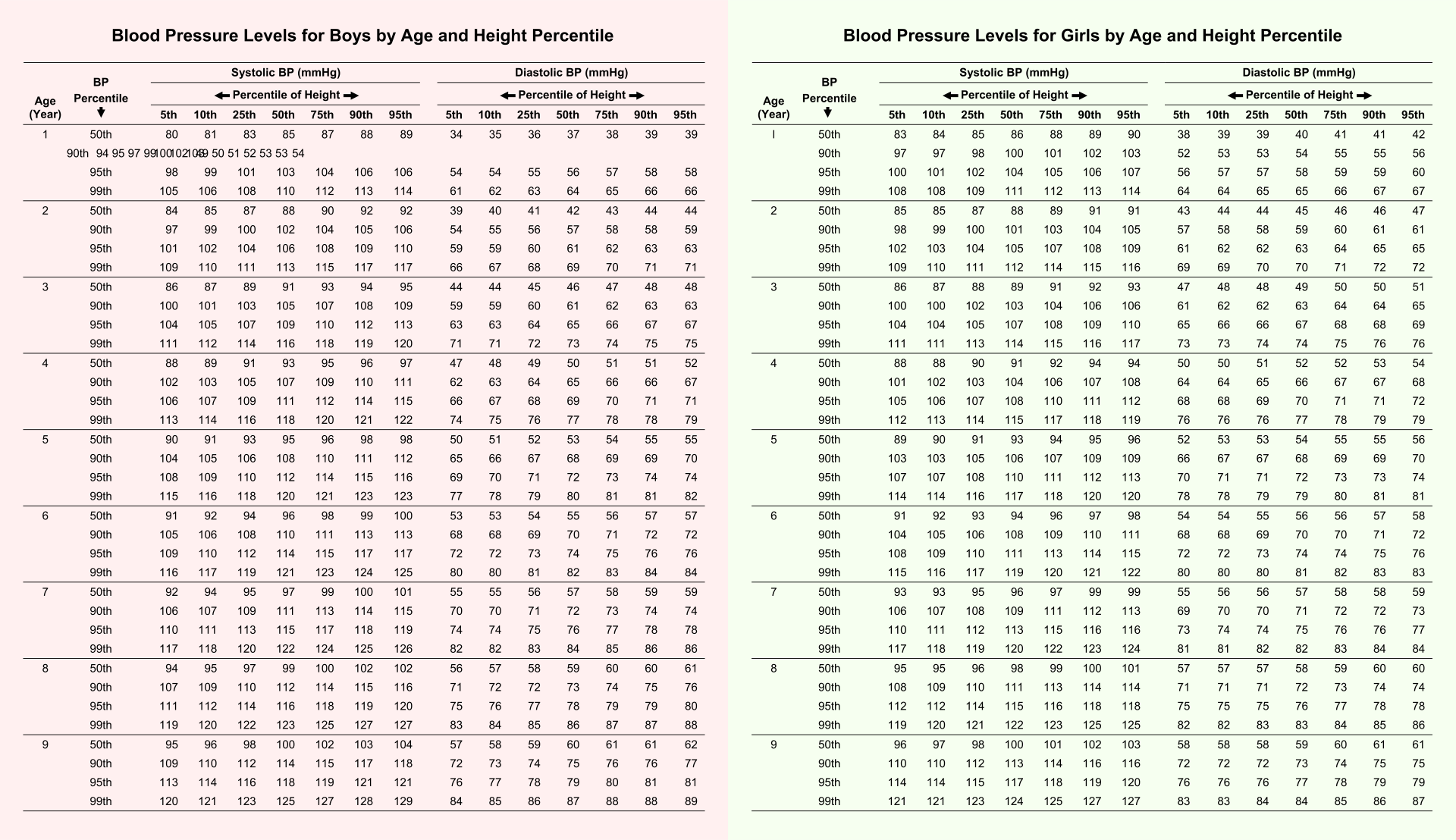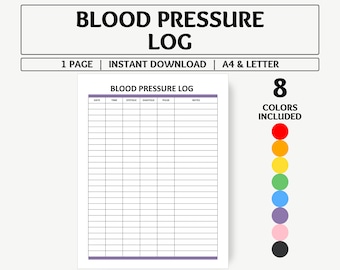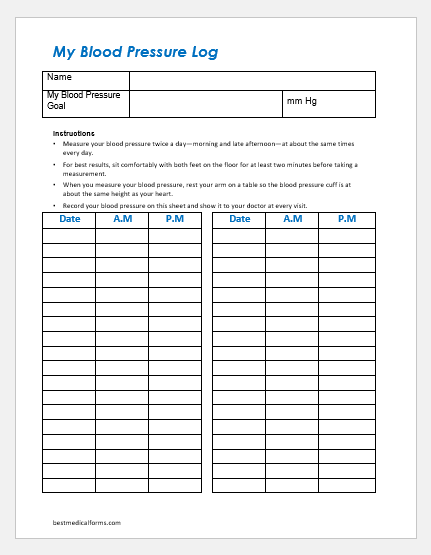

Blood pressure is usually expressed in terms of the systolic pressure (maximum pressure during one heartbeat) over diastolic pressure (minimum pressure between two heartbeats) in the cardiac cycle. When used without qualification, the term "blood pressure" refers to the pressure in the large arteries. Most of this pressure results from the heart pumping blood through the circulatory system. Left ventricular hypertrophy should be defined as left ventricular mass >51 g/m 2.7 for children >8 years of age and defined by left ventricular mass >115 g/body surface area (BSA) for boys and >95 g/BSA for girls.A healthcare worker measuring blood pressure using a sphygmomanometer.īlood pressure ( BP) is the pressure of circulating blood against the walls of blood vessels.
The definition of left ventricular hypertrophy has been revised. It is recommended that echocardiography be performed to assess for cardiac target organ damage at the time of consideration of pharmacologic treatment for hypertension. The recommendations as to indications for echocardiography in the evaluation of newly diagnosed hypertensive pediatric patients have been updated. Children who have undergone coarctation repair should undergo ABPM for the detection of hypertension, including masked hypertension. ABPM should be performed for confirmation of hypertension in children with office blood pressure measurements in the elevated blood pressure category for a year or more or with stage I hypertension over three clinic visits. The new guidelines include an expanded role for ambulatory blood pressure monitoring (ABPM) in the diagnosis and management of pediatric hypertension. The recommendations regarding the initial management of abnormal blood pressure measurements have been streamlined. 
Exceptions include patients taking medication known to increase blood pressure, obese patients, and those with diabetes, renal disease, or aortic arch obstruction/coarctation, who should have their blood pressure measured at every health care encounter.
 There is a more restrictive recommendation to perform screening blood pressure measurements only at preventative care visits. This classification aligns with the soon-to-be released American Heart Association/American College of Cardiology adult blood pressure guidelines. There is simplified blood pressure classification for adolescents ≥13 years of age. The only inputs required for this table are age and sex. A new simplified screening table was included, particularly for use in primary care offices, to identify blood pressures needing additional evaluation. As obese children were excluded in the calculation of normative values, the new thresholds are generally slightly lower than those in the Fourth report. There are new normative pediatric blood pressure tables based on normal-weight children. The term “elevated blood pressure” has replaced the term “prehypertension.”.
There is a more restrictive recommendation to perform screening blood pressure measurements only at preventative care visits. This classification aligns with the soon-to-be released American Heart Association/American College of Cardiology adult blood pressure guidelines. There is simplified blood pressure classification for adolescents ≥13 years of age. The only inputs required for this table are age and sex. A new simplified screening table was included, particularly for use in primary care offices, to identify blood pressures needing additional evaluation. As obese children were excluded in the calculation of normative values, the new thresholds are generally slightly lower than those in the Fourth report. There are new normative pediatric blood pressure tables based on normal-weight children. The term “elevated blood pressure” has replaced the term “prehypertension.”. #Printable pediatric blood pressure chart update#
These pediatric hypertension guidelines are an update to the 2004 “Fourth Report on the Diagnosis, Evaluation, and Treatment of High Blood Pressure in Children and Adolescents.” The following key points to remember emphasize differences between the new guidelines and the previous document:







 0 kommentar(er)
0 kommentar(er)
